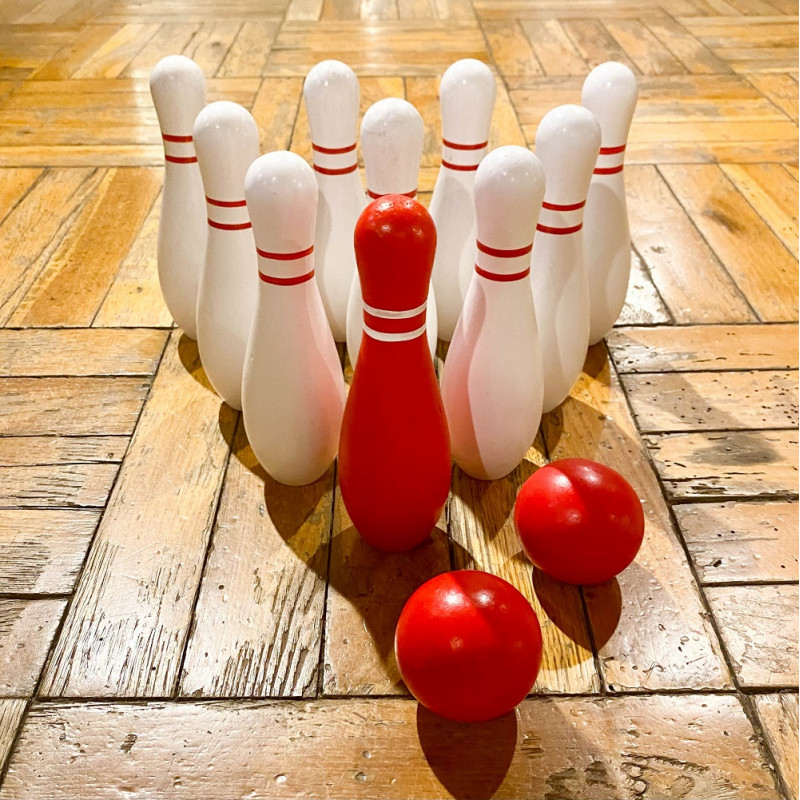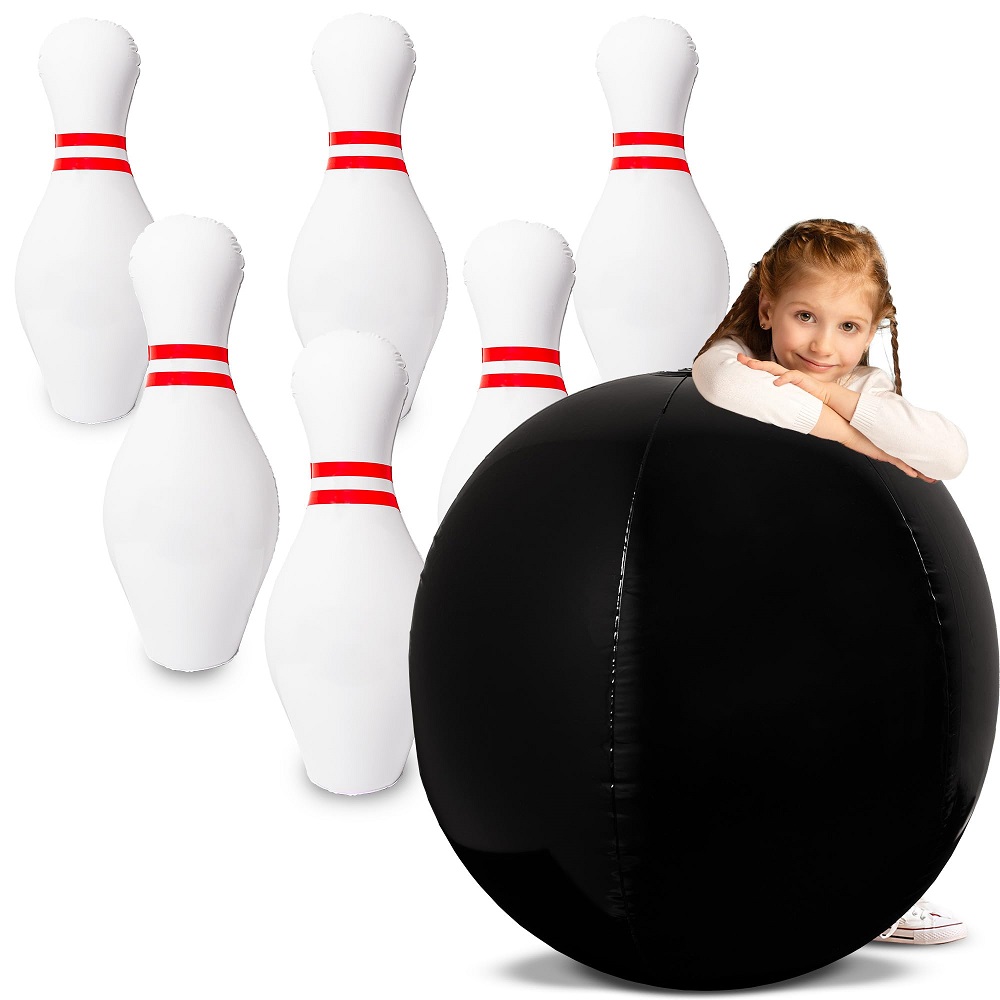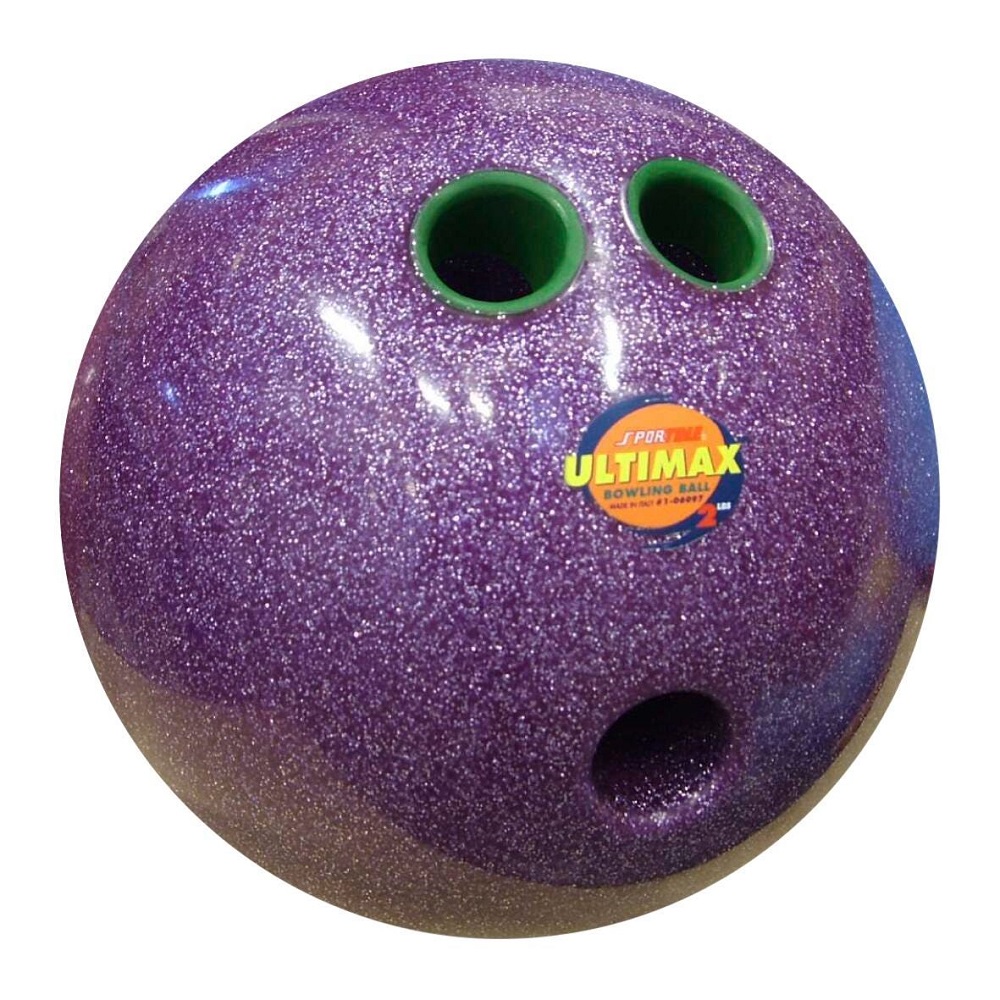Bowling is a sport that combines skill, strategy, and a bit of luck. Understanding the language of bowling can significantly enhance your experience, whether you are a beginner or a seasoned player. Knowledge of essential bowling terms helps you communicate better with fellow bowlers and understand the game on a deeper level. This article will cover key expressions and terminology in bowling terms, their meanings, and how they can impact your game.
Understanding the Basics
The Lane and Its Parts
Bowling takes place on a specially designed surface known as the lane. Each lane is approximately 60 feet long from the foul line to the pin deck, where ten pins are arranged in a triangular formation. Understanding the components of the lane is essential for better gameplay.
The first part of the lane is the approach area, where players take their steps before delivering the ball. Next is the lane itself, which consists of wooden or synthetic boards. Players must know about the oil patterns applied to the lane, which can affect ball movement. Different sections of the lane, such as the pocket (the ideal area between the 1 and 3 pins for right-handed bowlers) and the foul line, are critical concepts in bowling terms.
Strike, Spare, and Open Frame
Key scoring terms in bowling include strike, spare, and open frame. A “strike” occurs when all ten pins are knocked down with the first ball. Scoring a strike can lead to higher game totals due to bonus points added from subsequent rolls. Achieving a strike is the ultimate goal for bowlers, and it boosts the player’s confidence.
A “spare” happens when a player knocks down all remaining pins with their second roll. Spares are also beneficial, providing additional bonus points but not as many as strikes. Lastly, an “open frame” refers to a frame in which not all pins are knocked down after both rolls. Understanding these terms can help bowlers focus on their objectives and improve their decision-making during games.

Bowling Techniques and Equipment
Grip and Release
The grip and release of the bowling ball are crucial components of a successful throw. Understanding different types of grips, such as the conventional grip and fingertip grip, can influence a bowler’s performance. The conventional grip involves inserting the fingers up to the second knuckle, while the fingertip grip uses only the fingertips. Each grip leads to different ball control and release techniques.
The release phase is equally important. A proper release allows for better spin and trajectory. Bowlers often use the terms “backspin” and “hook” to describe their ball strategies. Backspin creates a smoother roll, while a hook starts by spinning the ball to the right for right-handed bowlers, helping it curve toward the pins. Mastering these techniques can improve scoring and increase the chances of strikes and spares.
Bowling Ball Types
There are various types of bowling balls, each designed for specific purposes. Understanding the differences will help players choose the right ball for their style. The three main types include plastic, urethane, and reactive resin balls. Plastic balls are great for beginners, offering accuracy and straight throws.
Urethane balls provide more hook potential and increased friction on the lane’s surface. Reactive resin balls are favored by advanced bowlers, producing a powerful spin and dramatic hook. Knowing these distinctions helps players select the best ball to match their skills and lane conditions.

Scoring and Frames
The Scoring System
Bowling uses a unique scoring system calculated across ten frames. Understanding how scoring works is vital for tracking performance during a game. In each of the first nine frames, bowlers have two opportunities to knock down all ten pins.
The tenth frame allows for an additional roll if a strike or spare is achieved. Each frame is scored based on the number of pins knocked down and any bonuses from strikes or spares. For example, if a bowler receives a strike in the first frame and then knocks down an additional seven pins in their next frame, they get ten plus the subsequent points.
Understanding the Frame Structure
Each of the ten frames represents an opportunity for a bowler to maximize their score. The first frame is crucial, as it sets the tone for the game. A bowler should aim to establish a rhythm while attempting to knock down as many pins as possible in the opening frames. Consistency across the frames can greatly impact the final score.
Recognizing the significance of the final frame is equally crucial. The tenth frame can offer a chance to rack up bonus points and improve overall performance in a game. Knowledge of scoring nuances allows bowlers to make strategic decisions and focus on their targets effectively.

Common Bowling Terms
Split and Gutter
Bowlers commonly use the terms “split” and “gutter” in the world of bowling. A split situation occurs when a bowler knocks down some pins but leaves two or more pins standing, with at least one pin separating them. Splits can prove challenging to convert into spare opportunities and often lead to missed frames.
A gutter refers to when the bowling ball rolls into the channels on either side of the lane, resulting in zero pins knocked down. Avoiding gutter balls is an essential aspect of improving one’s game. Bowlers often strive to maintain a controlled and steady release to minimize the risk of rolling into the gutter.
The Approach and Foul Line
The “approach” refers to the area where bowlers take their steps before rolling the ball. Understanding the importance of the approach can significantly affect performance. A proper approach allows players to build momentum and achieve a smooth release.
The “foul line” separates the approach area from the lane. Stepping over the foul line results in a foul, and no points are rewarded for any pins knocked down during that roll. Awareness of the foul line is critical for bowlers, as it reminds them to maintain control and precision during their approach.

Advanced Bowling Strategies
Oil Patterns
Oil patterns play a crucial role in a bowler’s strategy. Bowling lanes are treated with oil to protect the wood and influence the ball’s motion. Different oil patterns can result in varying levels of difficulty and satisfaction, making lane conditions crucial elements for players to consider.
Understanding these patterns allows bowlers to adapt their playing style. For instance, a “house pattern” is a common oil layout that typically allows for a more forgiving shot. Advanced bowlers often study these patterns and adjust their ball speed, angle, or spin to optimize their performance.
Mental Game and Focus
The mental aspect of bowling is often overlooked but is just as important as the physical skills. Maintaining focus and a positive mindset can significantly affect one’s game. Developing techniques for managing stress, overcoming distractions, and staying confident can help bowlers perform at their best. Aspects of visualization and self-talk play critical roles in mental preparation.
Additionally, analyzing past performances and identifying areas for improvement can help bowlers refine their skills. Regular practice combined with an understanding of the mental game contributes to overall improvement. Setting personal goals and reflecting on achievements encourage growth and development in the sport.

The Importance of Practice
Regular Drills
Regular practice is essential for improving one’s bowling skills. Bowler’s drills can consist of targeting specific aspects of their game, such as spare conversions, consistency in throwing, or handling different oil patterns. By breaking down these elements, bowlers can focus on areas needing improvement.
Practicing with a purpose can lead to better overall performance in competitive settings. This idea can be reinforced by joining a local league or participating in friendly competitions. Engaging with fellow bowlers provides an opportunity for learning and sharing experiences. Constructive criticism and support from peers can also aid in performance enhancement.
Simulating Game Conditions
Simulating game conditions during practice sessions helps players prepare for real competition. This may include using the same bowling ball, practicing under time constraints, or aiming for a certain score. Developing a routine that mimics actual gameplay can make bowlers more comfortable and confident in their abilities.
Practicing consistently is vital to learning bowling terms and applying them on the lanes. As bowlers develop a deeper understanding of the terminology, they can engage better in discussions with teammates or coaches, leading to more informed gameplay strategies.
Elevating Your Bowling Game
In conclusion, learning key bowling terms and expressions can significantly elevate your game. Understanding the basics, terminology, and strategies helps you navigate the complexities of this thrilling sport. Whether you are a novice or an experienced bowler, knowledge of essential terms can greatly enhance your performance and enjoyment.
From the mechanics of your approach to the nuances of scoring and oil patterns, the world of bowling is rich with vocabulary that reflects its complexity. By embracing this language, bowlers can communicate more effectively, learn strategies from fellow players, and focus on improvement.
As you continue to engage in the sport, remember that practice and mental preparedness are as important as physical technique. With dedication and a comprehensive understanding of bowling terminology, you can develop your skills and enjoy a new level of success and satisfaction on the lanes. Embracing the language of bowling will not only help you improve your game but also deepen your appreciation for this classic sport.
